Why Do Some Baking Molds Last Longer Than Others? Tips for Proper Maintenance and Care
Table of Contents

INGREDIENTS
INSTRUCTIONS
When it comes to creating delectable and visually stunning cakes and bread, selecting the right baking mold and taking proper care of it is essential. In this guide, we will discuss the most commonly used baking mold materials, their unique features, and maintenance tips to ensure their longevity. So, let's dive in and discover the secrets behind long-lasting baking molds.
Silicone Mold:
Silicone molds are a popular choice for their versatility and ease of use. They come in various shapes and are perfect for creating mousse cakes, jellies, chocolates, and other non-baked desserts that require flexibility. To maintain a silicone mold, start by rinsing it with clean or hot water to remove any surface dust. After each use, use a soft cloth to gently clean the mold and allow it to air dry in a well-ventilated area. To prevent dust accumulation, seal and store the silicone mold when not in use for extended periods.
Ceramic Mold:
Ceramic molds are known for their durability and ability to withstand high temperatures. They can handle heat up to 700-800°C, making them ideal for baked dishes, puddings, soufflés, and other products that require extended baking times. When cleaning a ceramic mold, handle it with care due to its fragile nature. After use, wipe it with a soft cloth and avoid using abrasive materials such as steel wool.
Glass Mold:
Glass molds are commonly used for baking puddings. They have an average heat conduction and are easy to demold and clean. Before cleaning a glass mold, ensure compatibility with your oven or microwave. Rinse it with clean water and use a mild detergent for stubborn grease. Thoroughly rinse and allow it to air dry before storing.
Metal Molds:
Copper Mold:
Copper molds are renowned for their superior heat conductivity, which ensures even baking. They are often used for delicate pastries and intricate designs. To maintain a copper mold, clean it with warm soapy water after each use. Dry it thoroughly to prevent any moisture-related issues.
Aluminum Mold:
Aluminum molds are lightweight, durable, and excellent heat conductors. They are widely used for baking cakes, pastries, and bread due to their even heat distribution. To clean an aluminum mold, wash it with mild dish soap and warm water. Avoid using abrasive materials to prevent scratching the surface.
Conclusion:
Choosing the right baking mold material and providing proper maintenance are crucial factors in extending the lifespan of your baking molds. Silicone molds offer flexibility and ease of use, while ceramic molds provide durability and visual appeal. Glass molds are ideal for baking puddings, and metal molds like copper and aluminum offer excellent heat conductivity. By following the recommended cleaning steps for each material, you can ensure the longevity of your baking molds and enjoy many scrumptious creations to come. Happy baking!
Frequently Asked Questions


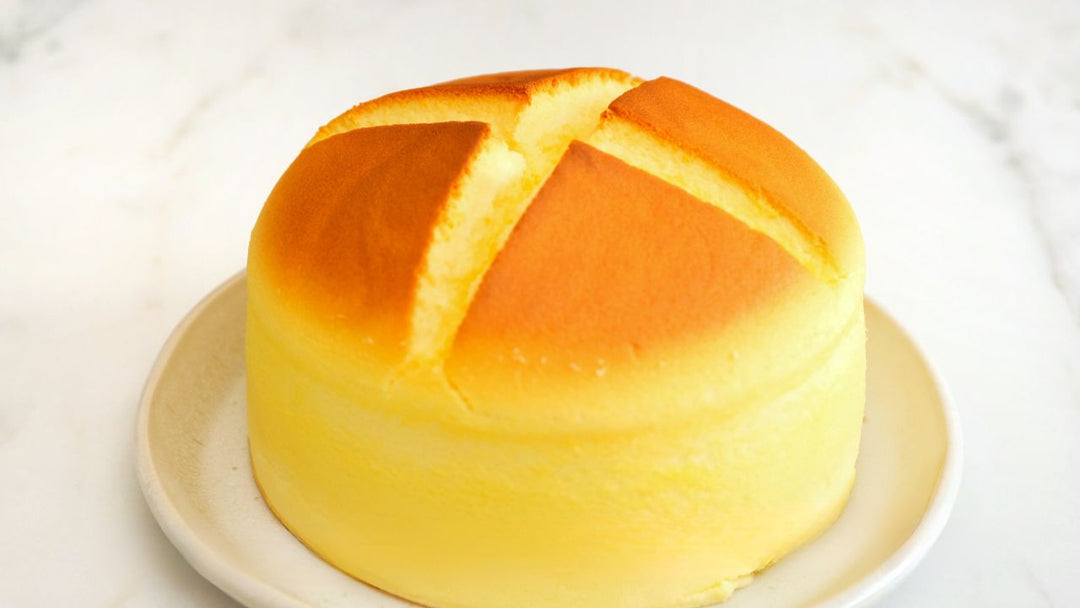

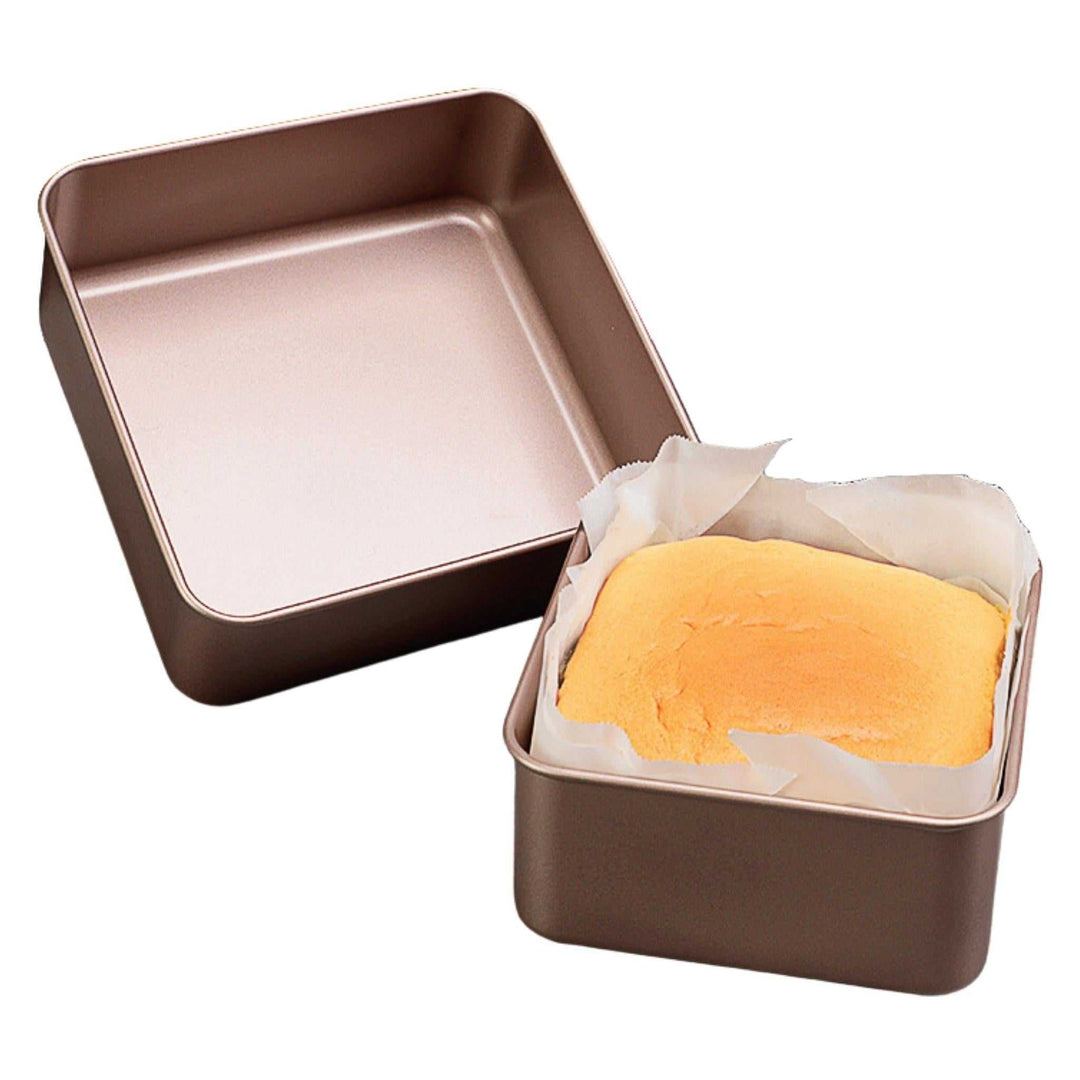
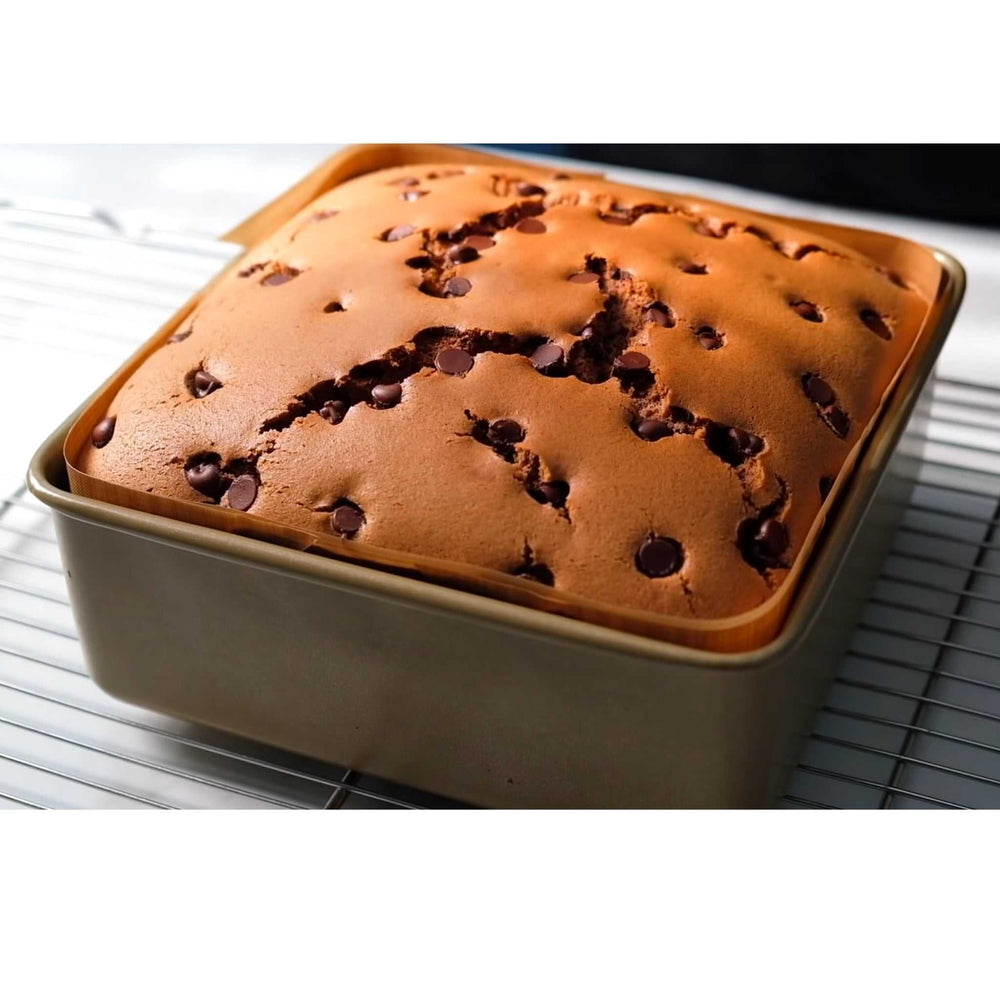
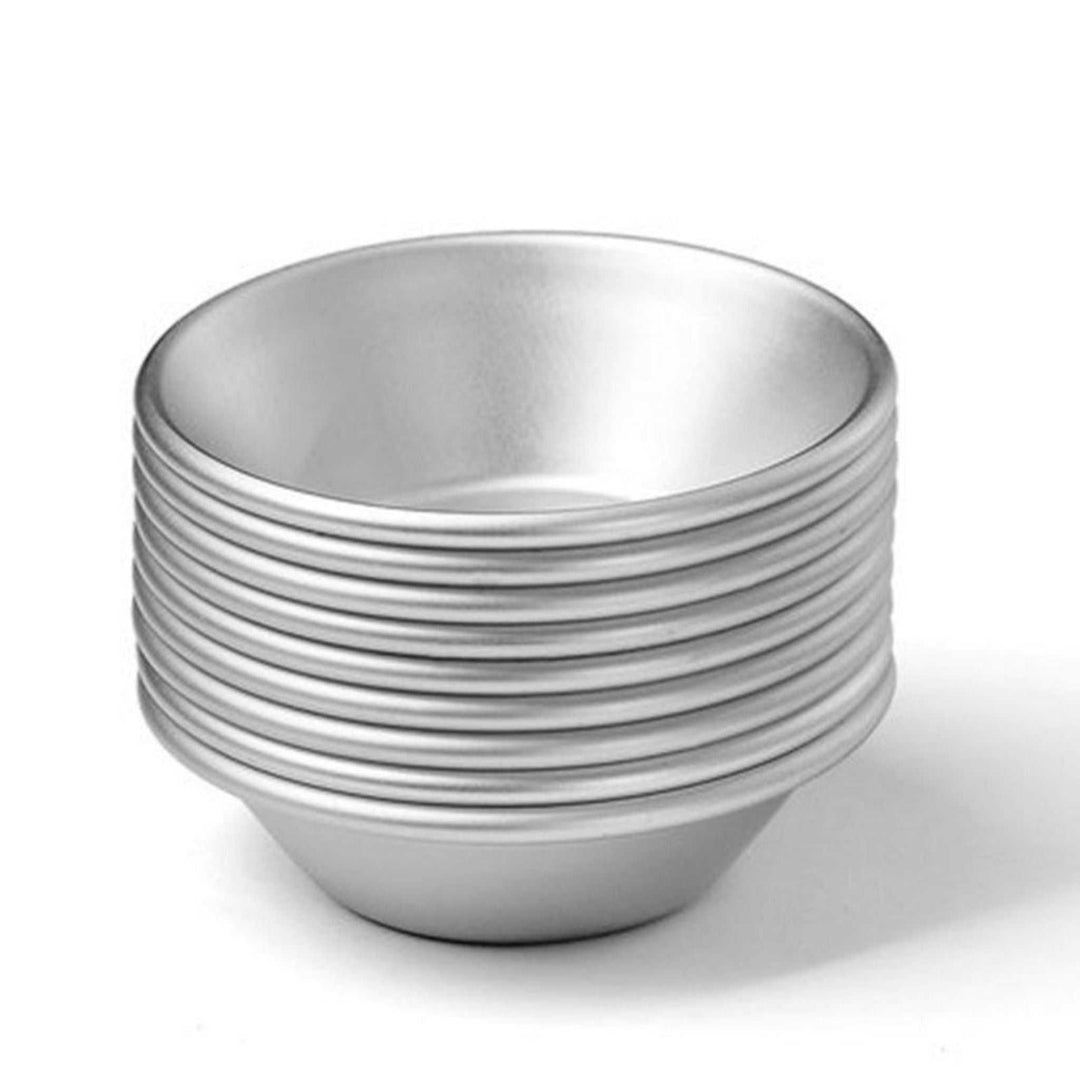
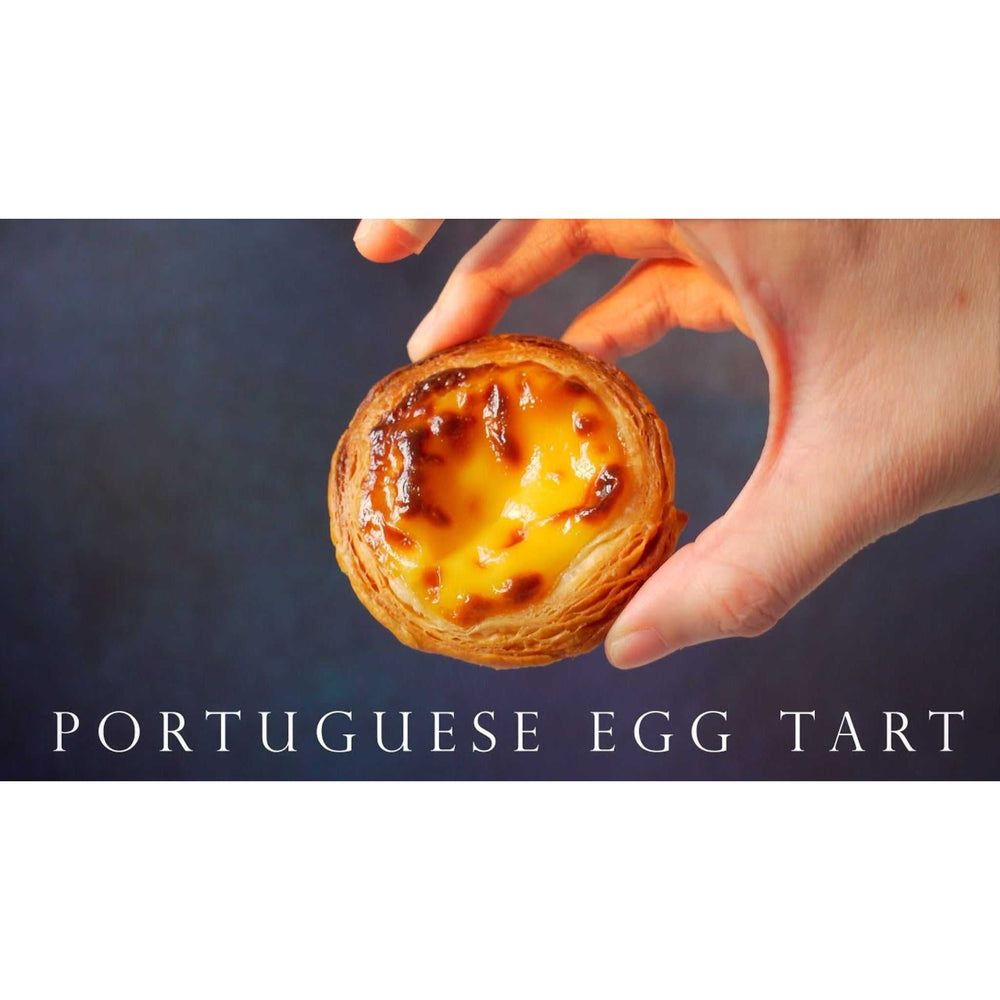
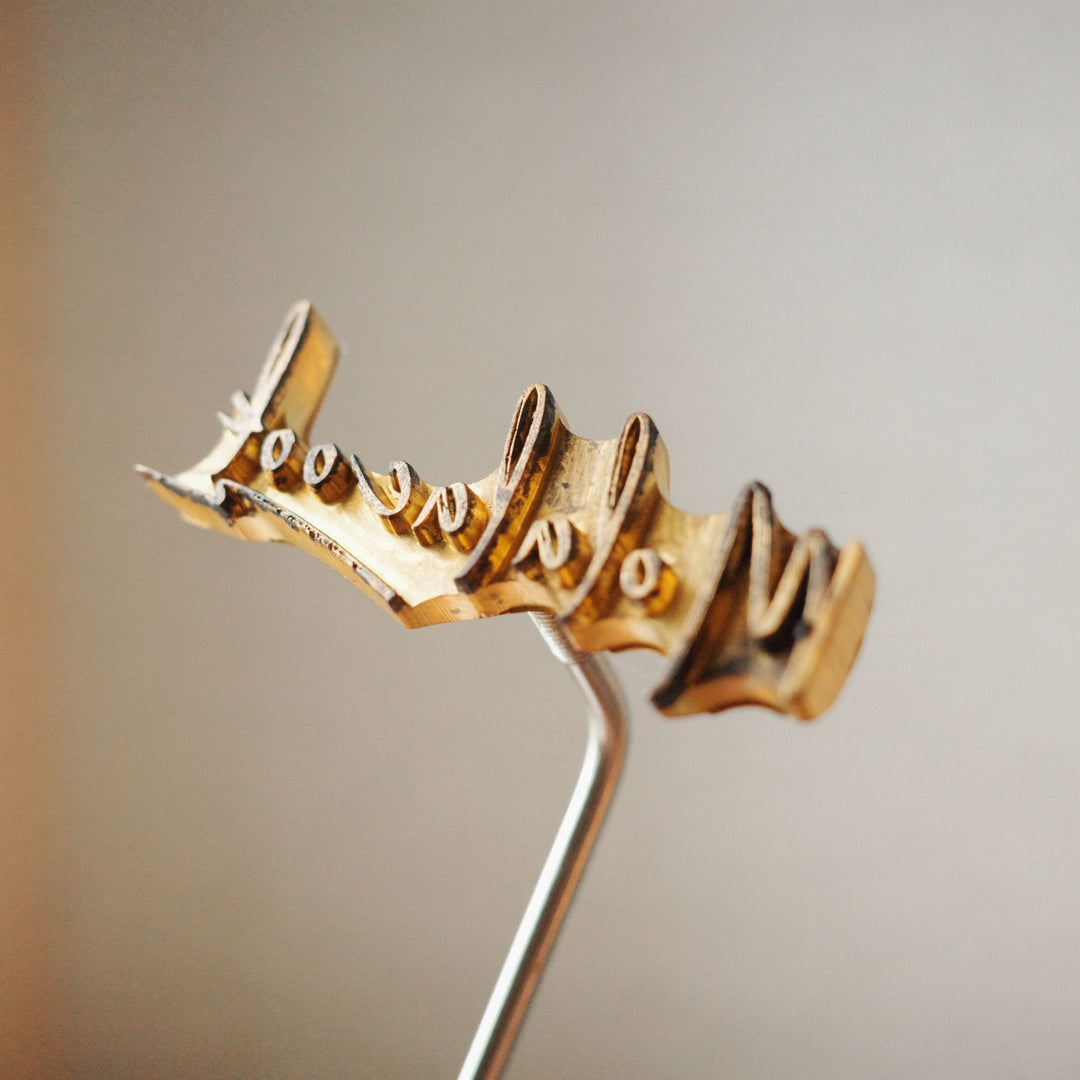
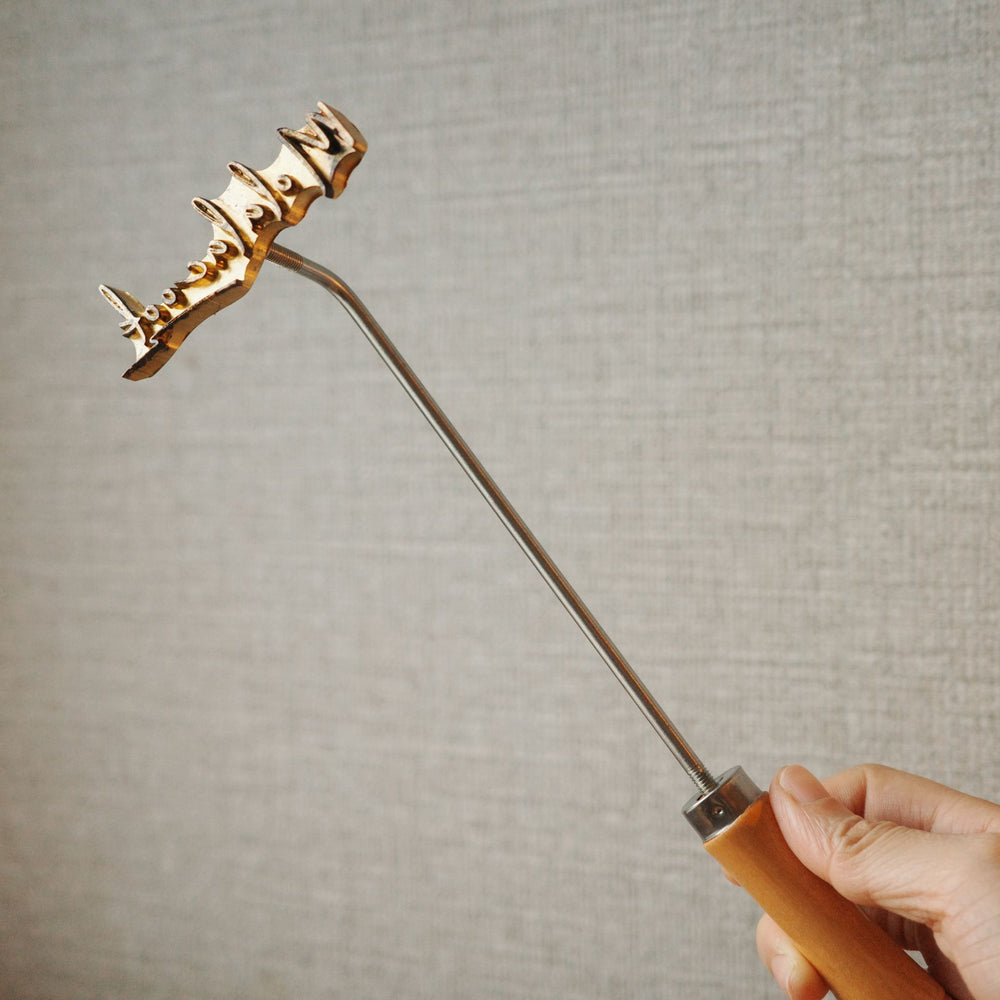


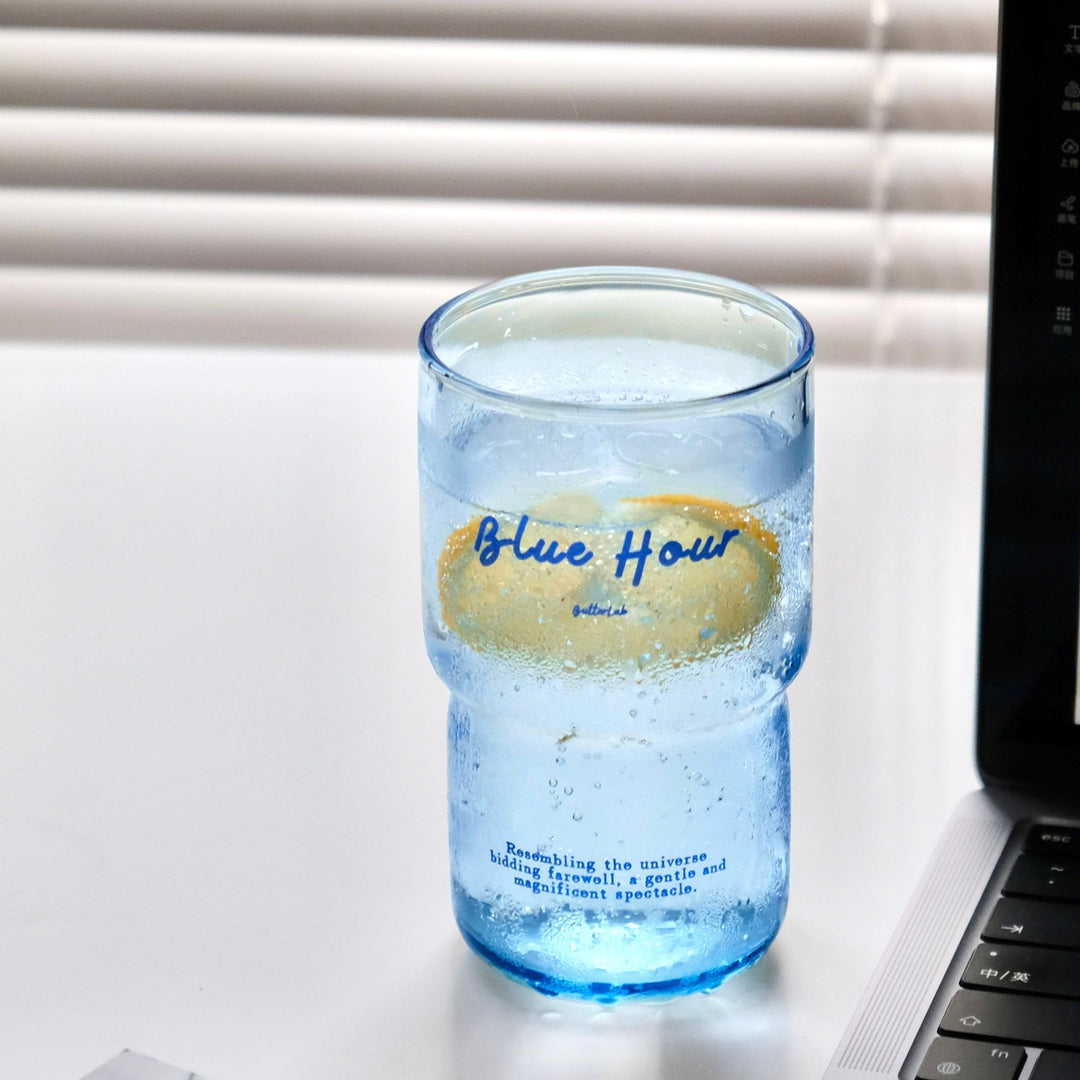
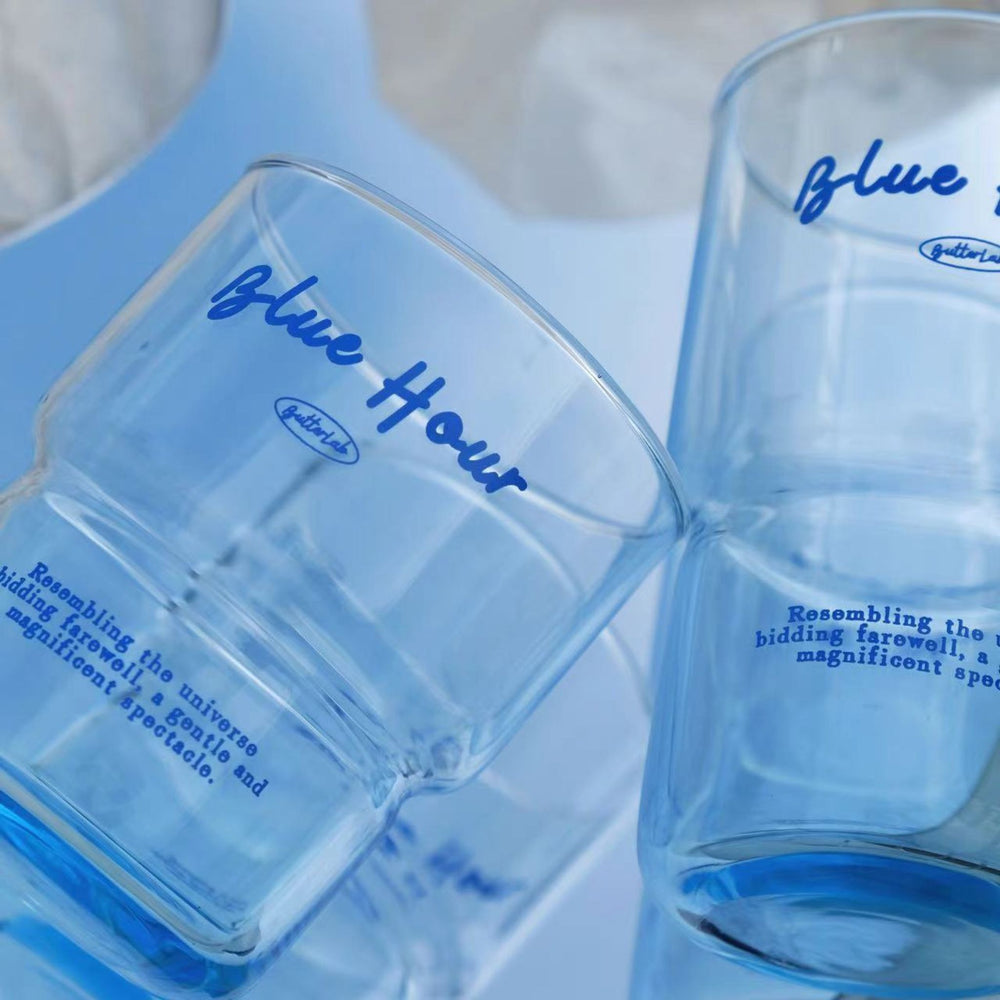
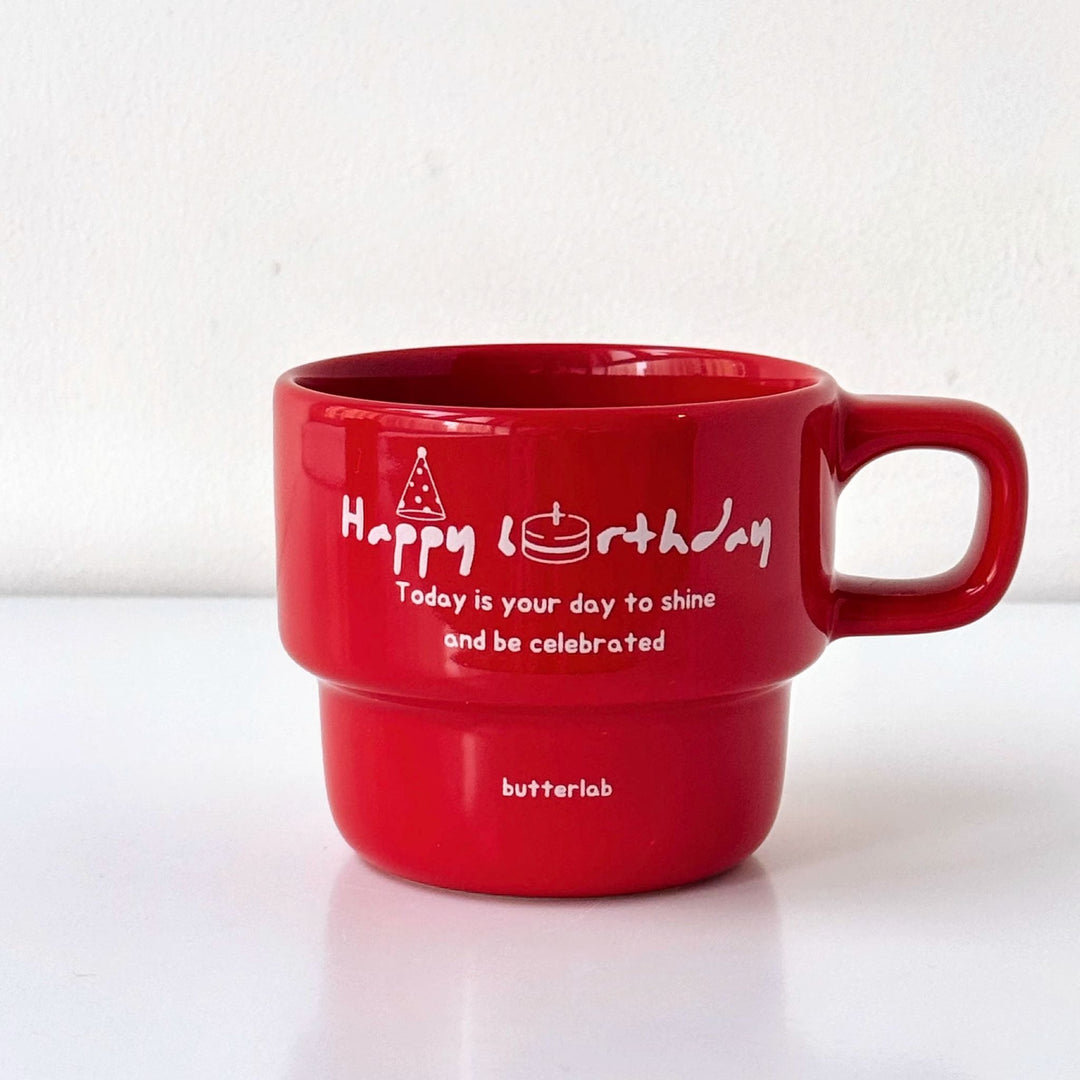
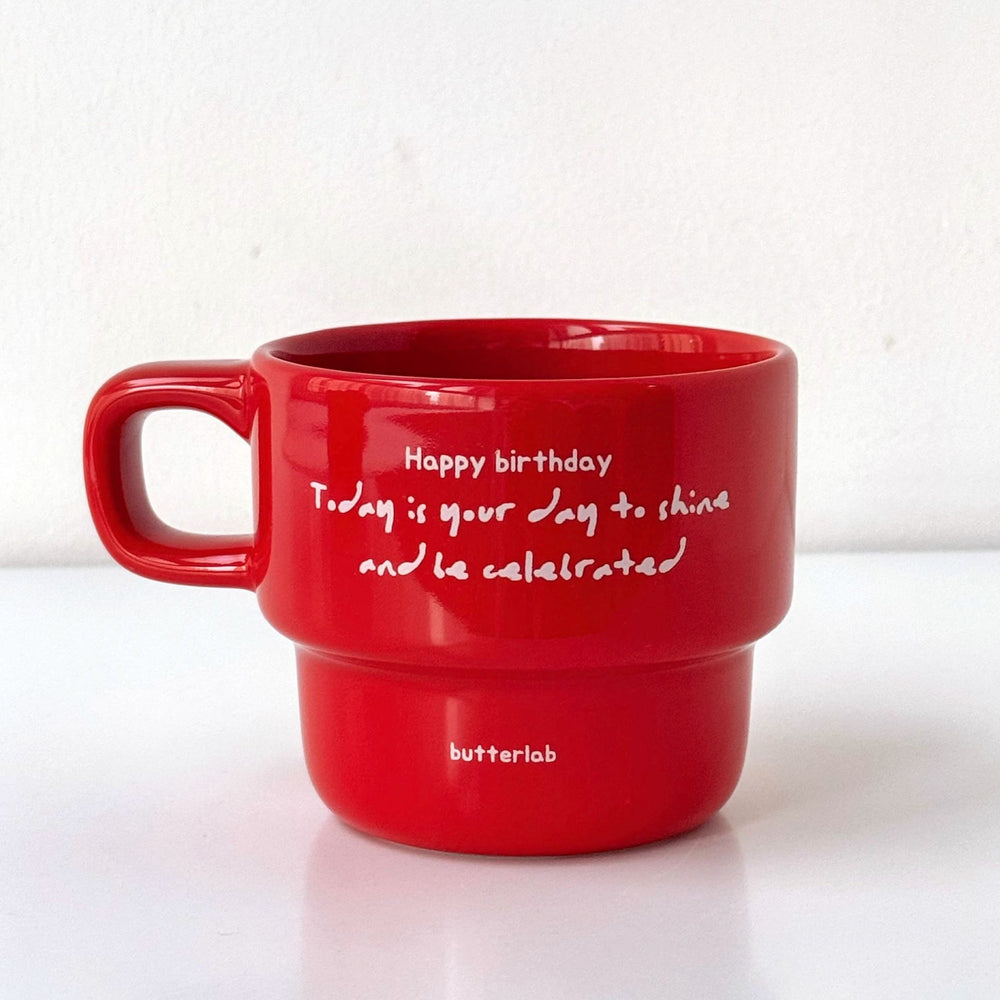
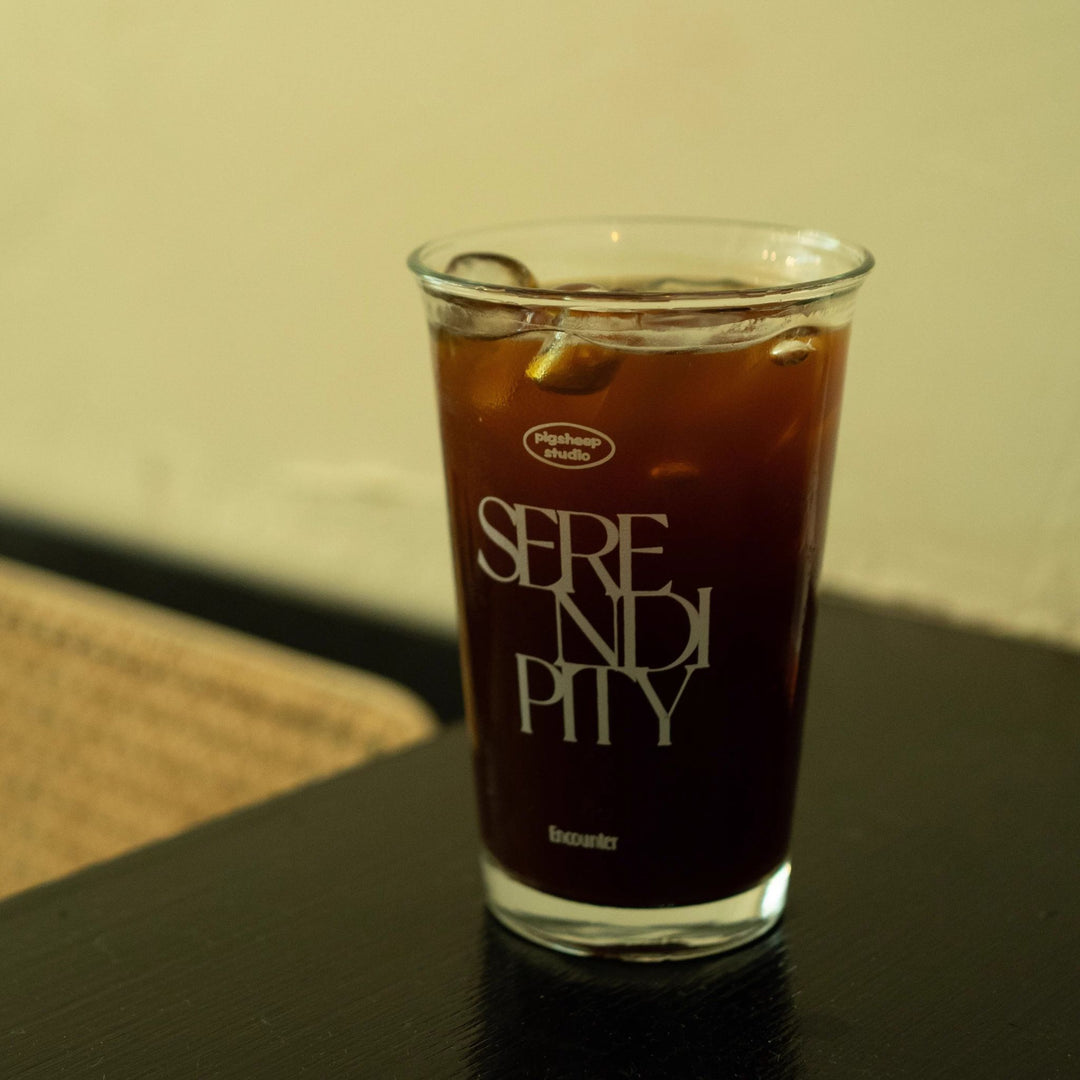

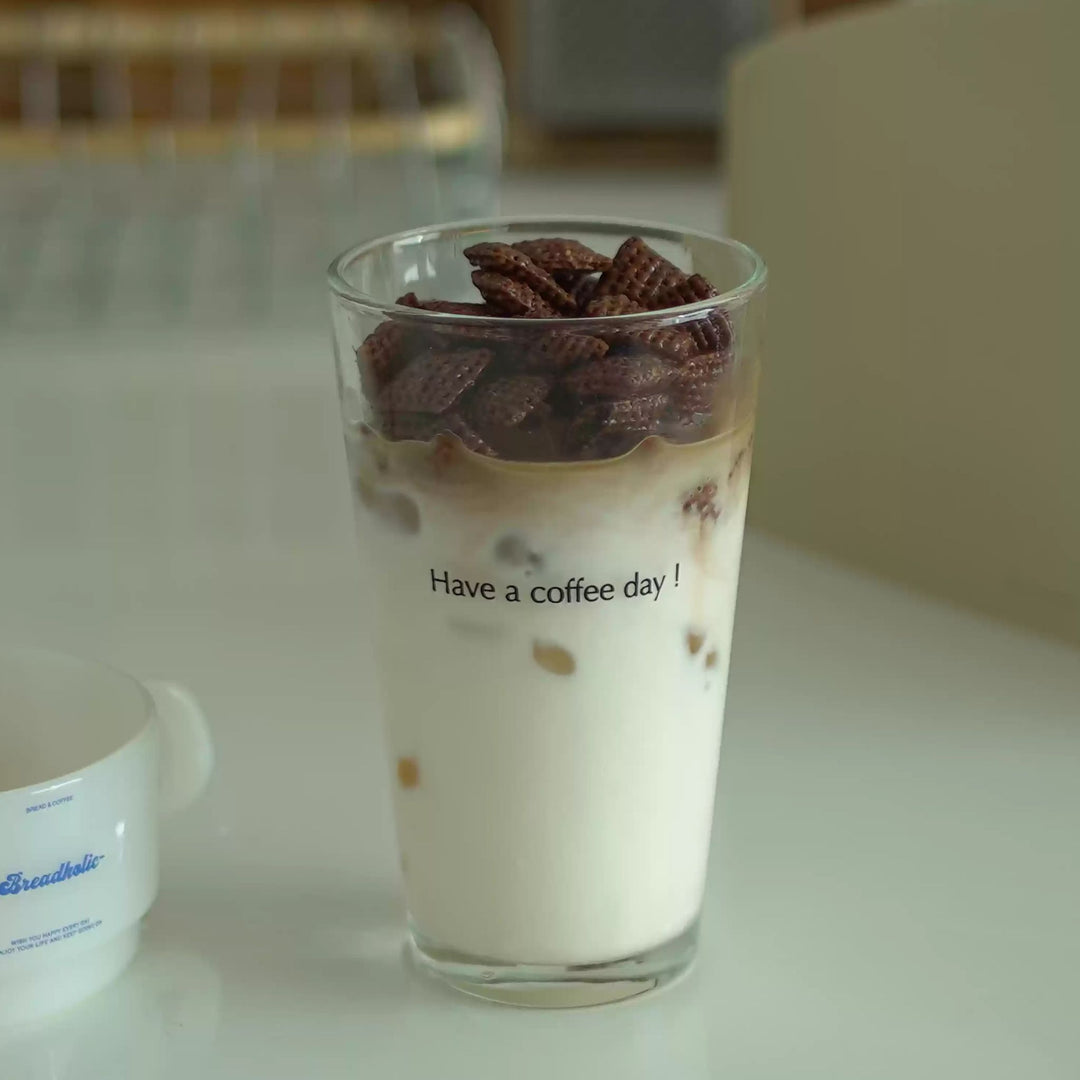

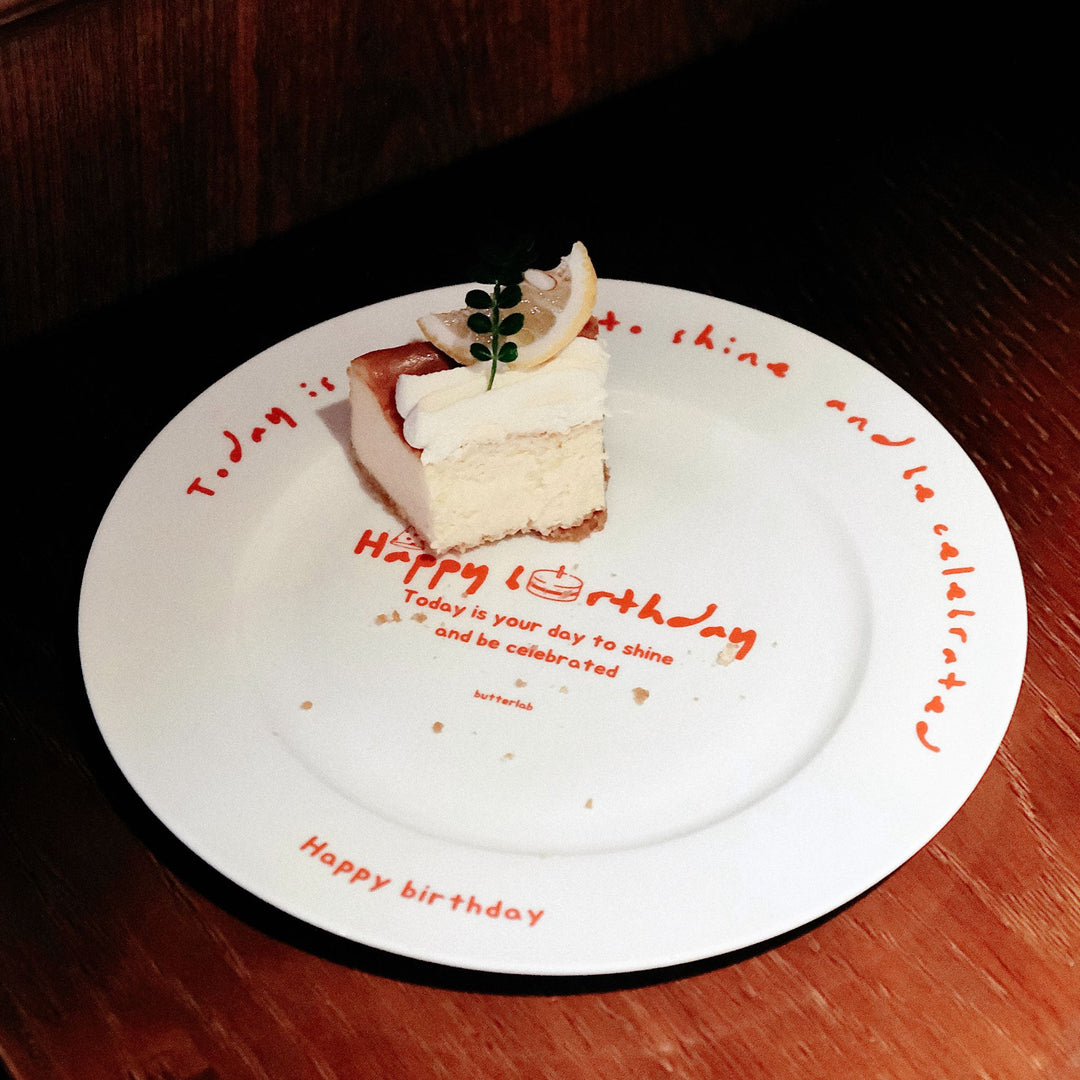
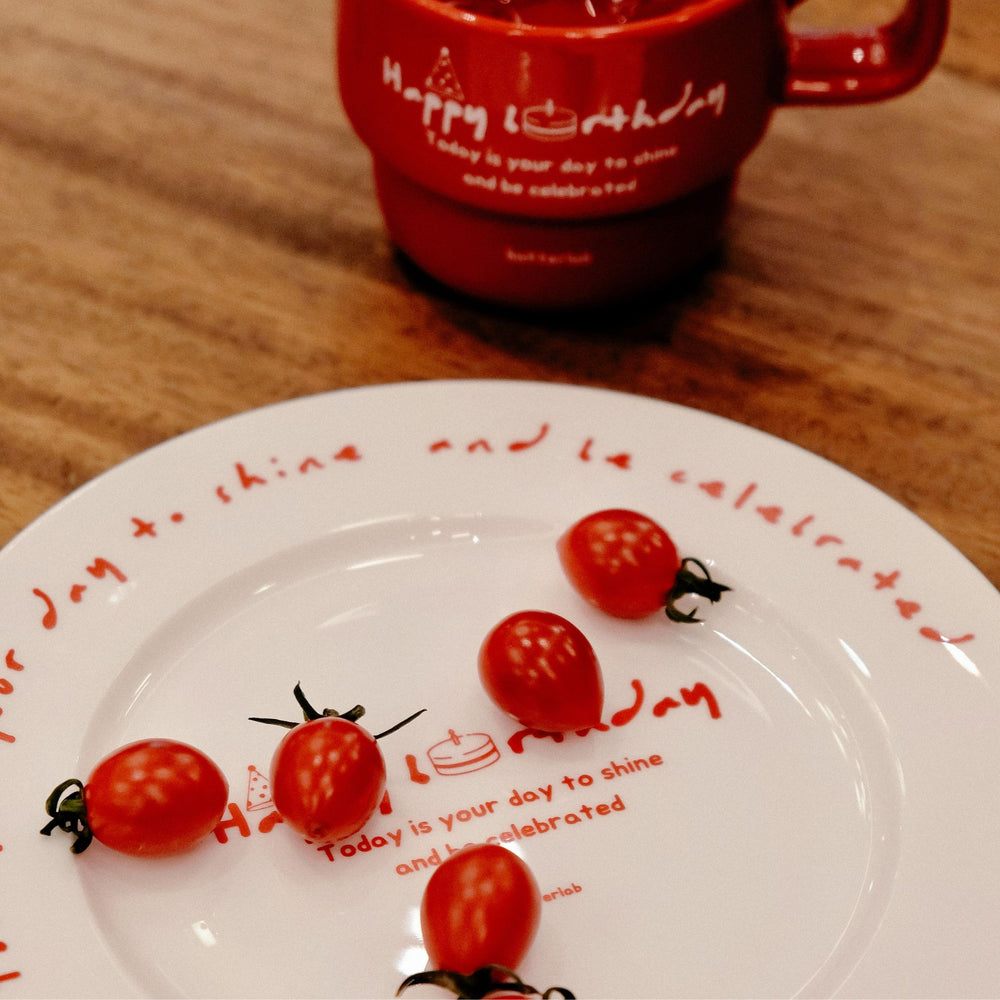
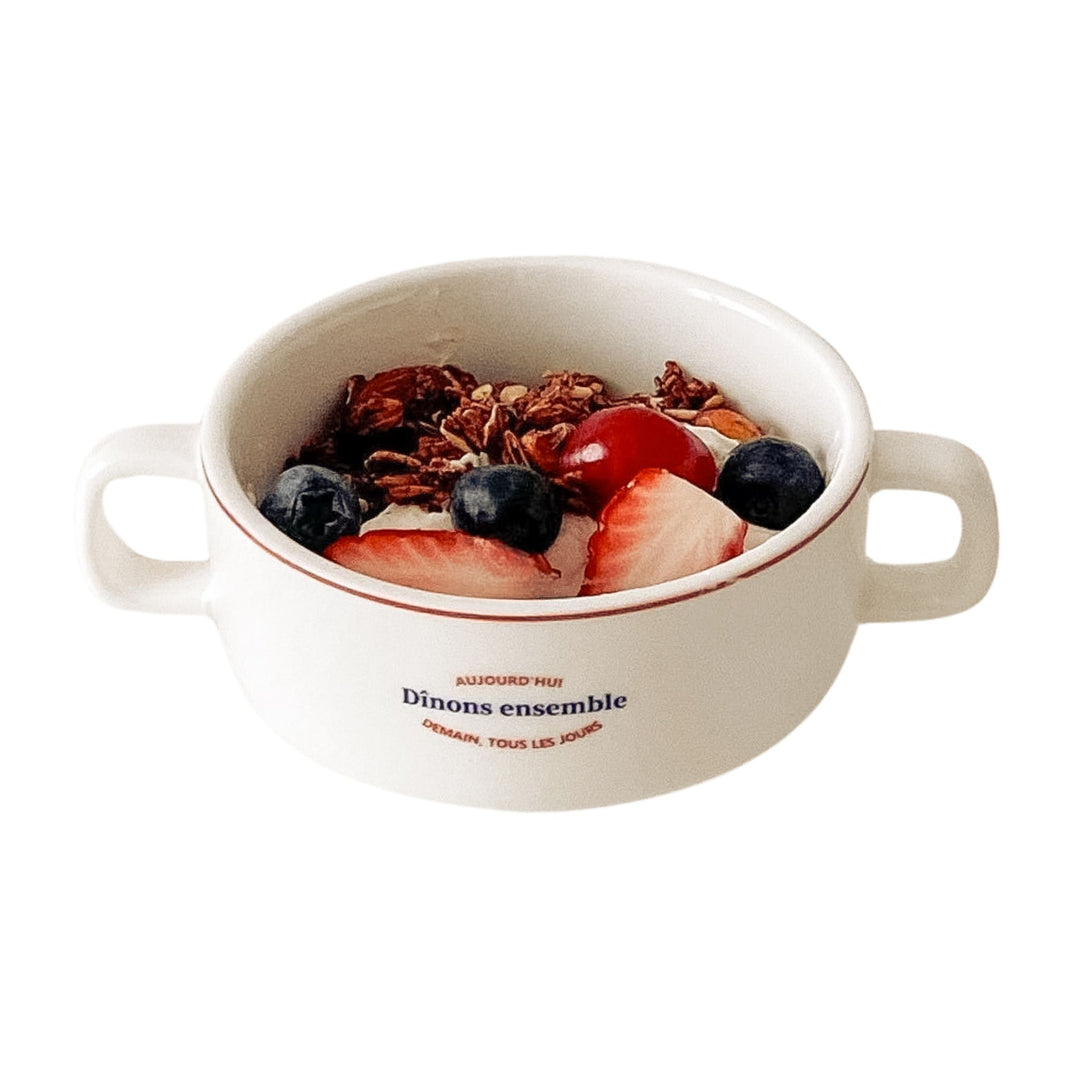



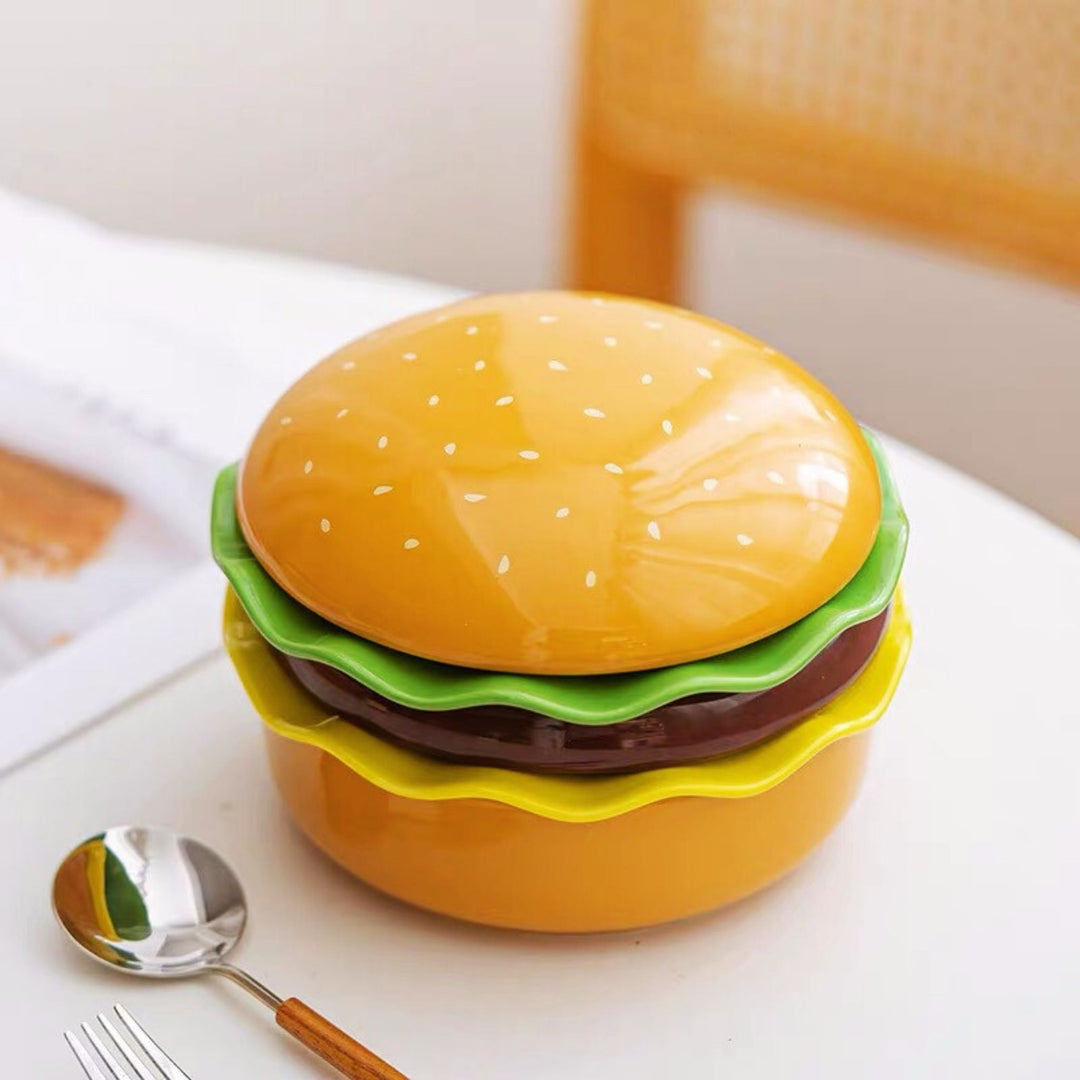
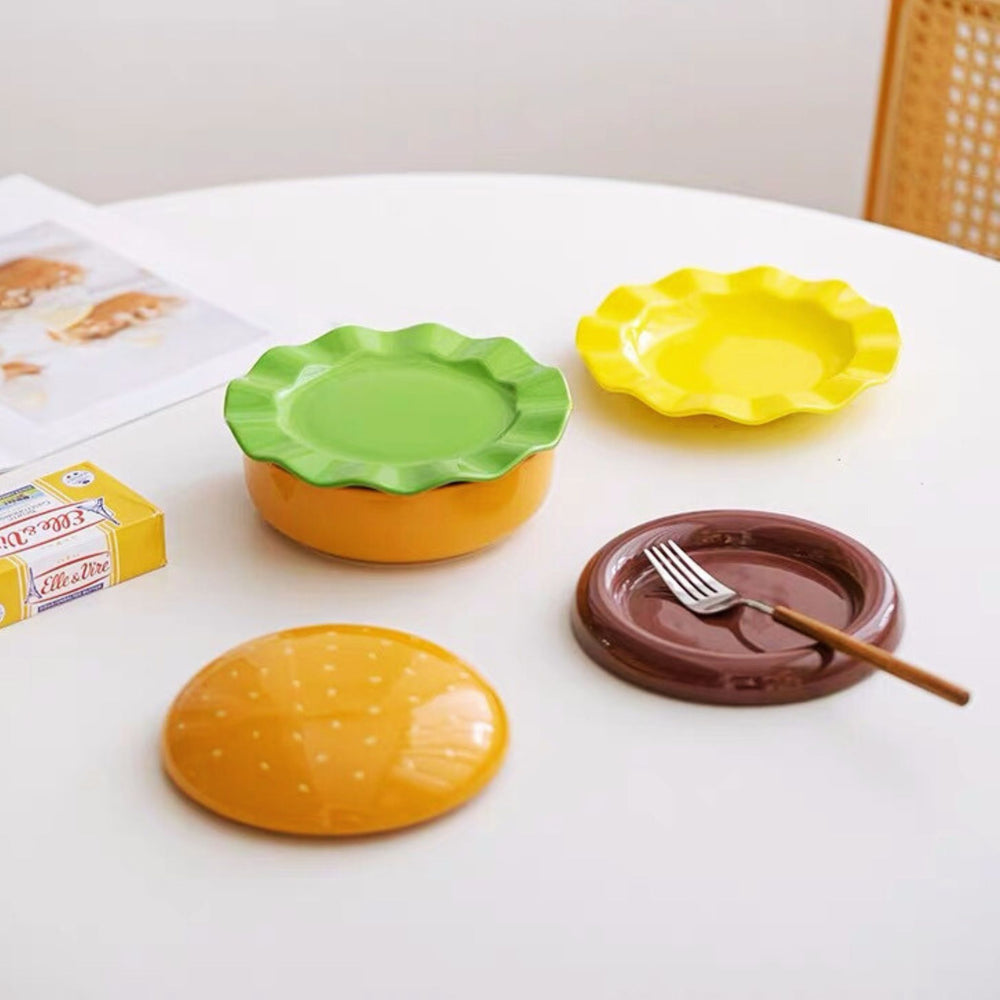
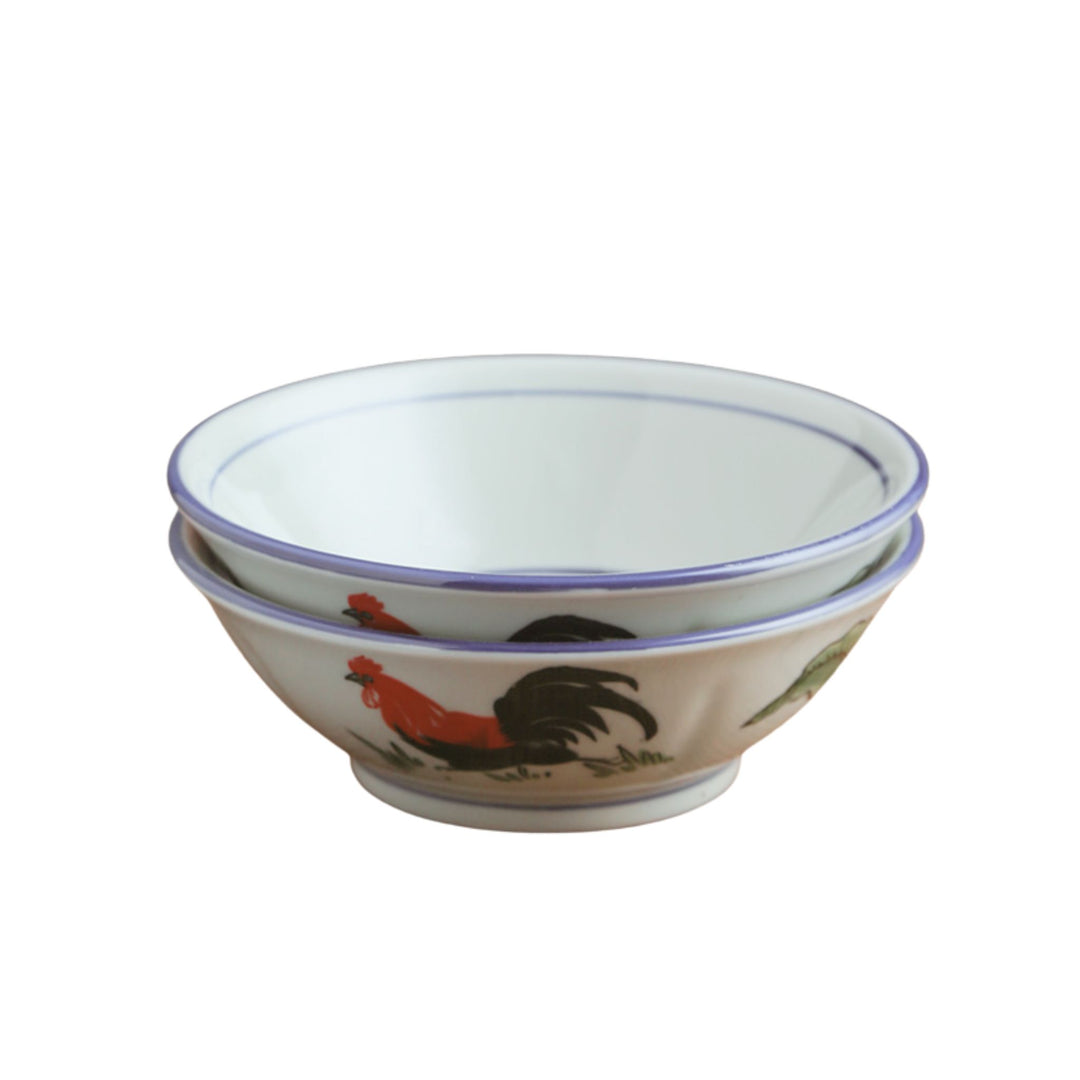
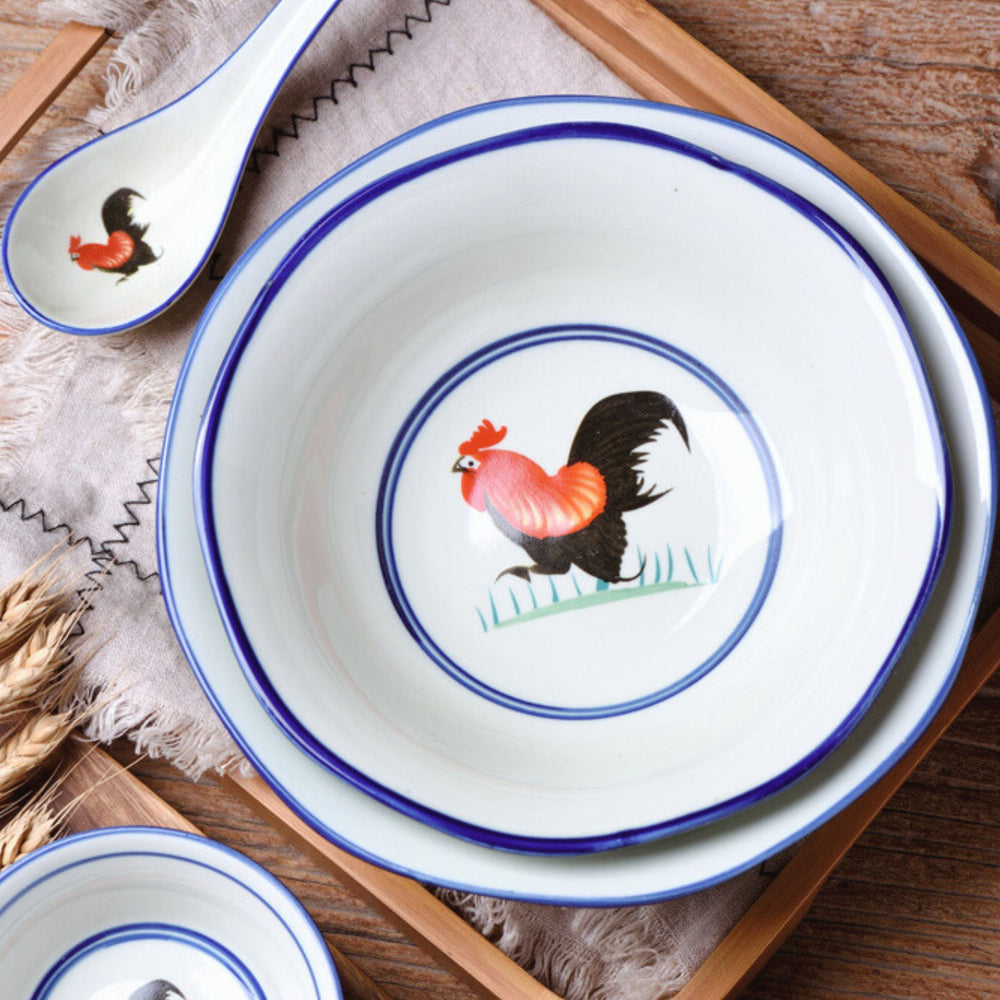
Leave a comment